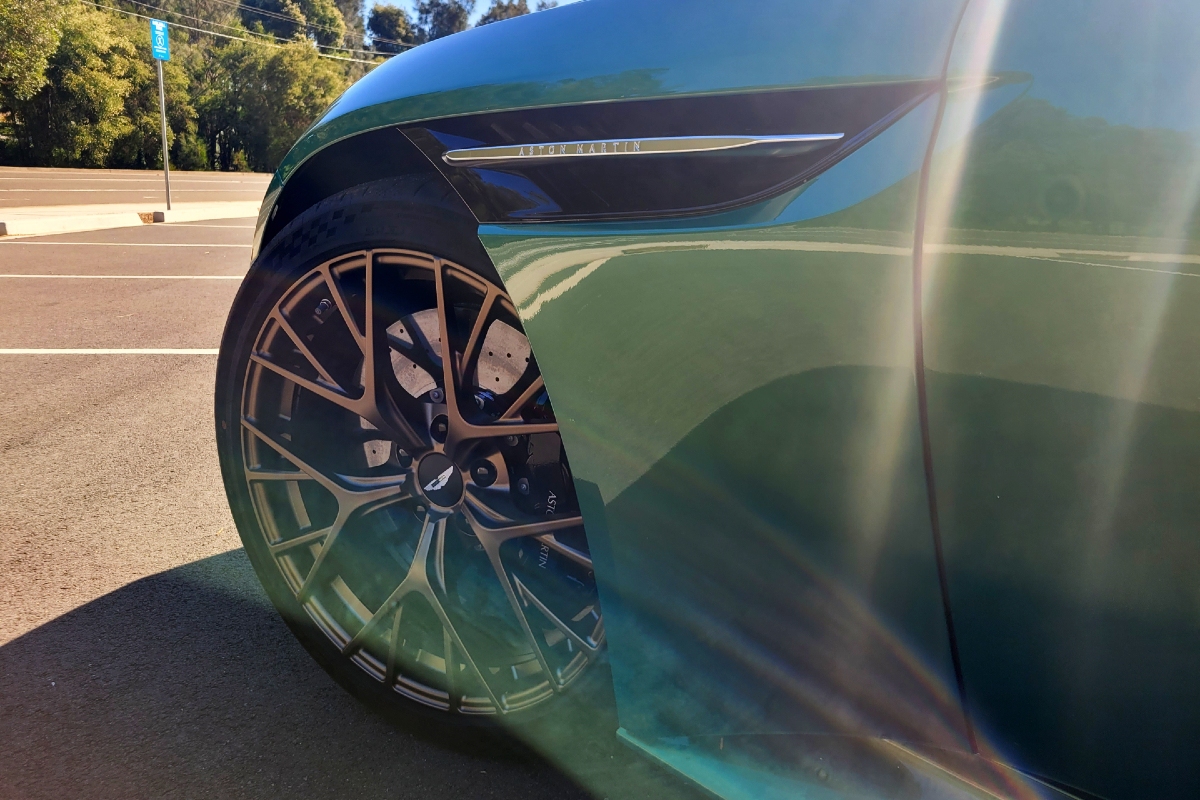 In the week marking two decades since the tragic death of Ayrton Senna, the world reflects on one of the most electrifying grand prix drivers in history.
In the week marking two decades since the tragic death of Ayrton Senna, the world reflects on one of the most electrifying grand prix drivers in history.
While the lines defining whether Senna was the greatest F1 driver are blurred by many parameters none-the-least different eras, the Brazilian’s death at Imola on May 1, 1994, has left a massive legacy in the sport.
Many remember what they were doing, who they were with and where they were during that black weekend that was the San Marino Grand Prix.
The loss rocked motor racing to the core and touched people who would otherwise give scant regard to the sport.
Right from his debut year in F1, Senna announced his arrival as an immense talent.
There were numerous defining moments during the stunning grand prix career of Senna highlighted by his three world championships in 1988, 1990 and 1991.
Other memorable moments included his explosive drive during the wet at Monaco in his maiden F1 season in 1984 when he was catching Alain Prost hand-over-fist before the race was stopped.
There was his epic qualifying lap in the first Adelaide GP in 1985 when he put his Renault-powered Lotus on pole by .7s over the more fancied Williams-Hondas of Nigel Mansell and Keke Rosberg.
His talent was finally validated in 1986 when he mastered the wet conditions to win his maiden GP at Estoril in 1986.
Then there was his charging come-from-behind victory in the 1988 Japanese GP which supplied him with his first world Championship on his way to a then record of eight wins in the season.
Of the 65 pole positions Senna established, many were memorable including the ‘outer body’ experience he claimed to have while clinching the fastest time in qualifying for the 1988 Monaco GP by a whopping 1.4s.
He would later crash at Portier on lap 65, losing concentration while having the race at his mercy.
That failure broke what would have been seven consecutive Monaco wins from 1987 to 1993.
There was the memorable win in the Brazilian GP in 1991 when Senna found himself under immense pressure from Nigel Mansell’s Williams.
Eventually having lost the use of third, fourth and fifth gear Senna would soldier in with the gearbox stuck in sixth and would have to be physically helped from his car after spending all of his energy to overcome tremendous adversity.
In 1993 he was responsible for the one of the finest grand prix triumphs in history when he displayed his sublime wizardry in the wet to pass up to five cars on the first lap on his way to victory in the European GP at Donington.
The same year would see his final triumph on the streets of Adelaide when he dominated the race from pole position.
Senna’s career was rich with many memorable performances. Have your say below.

 Shop
Shop



























